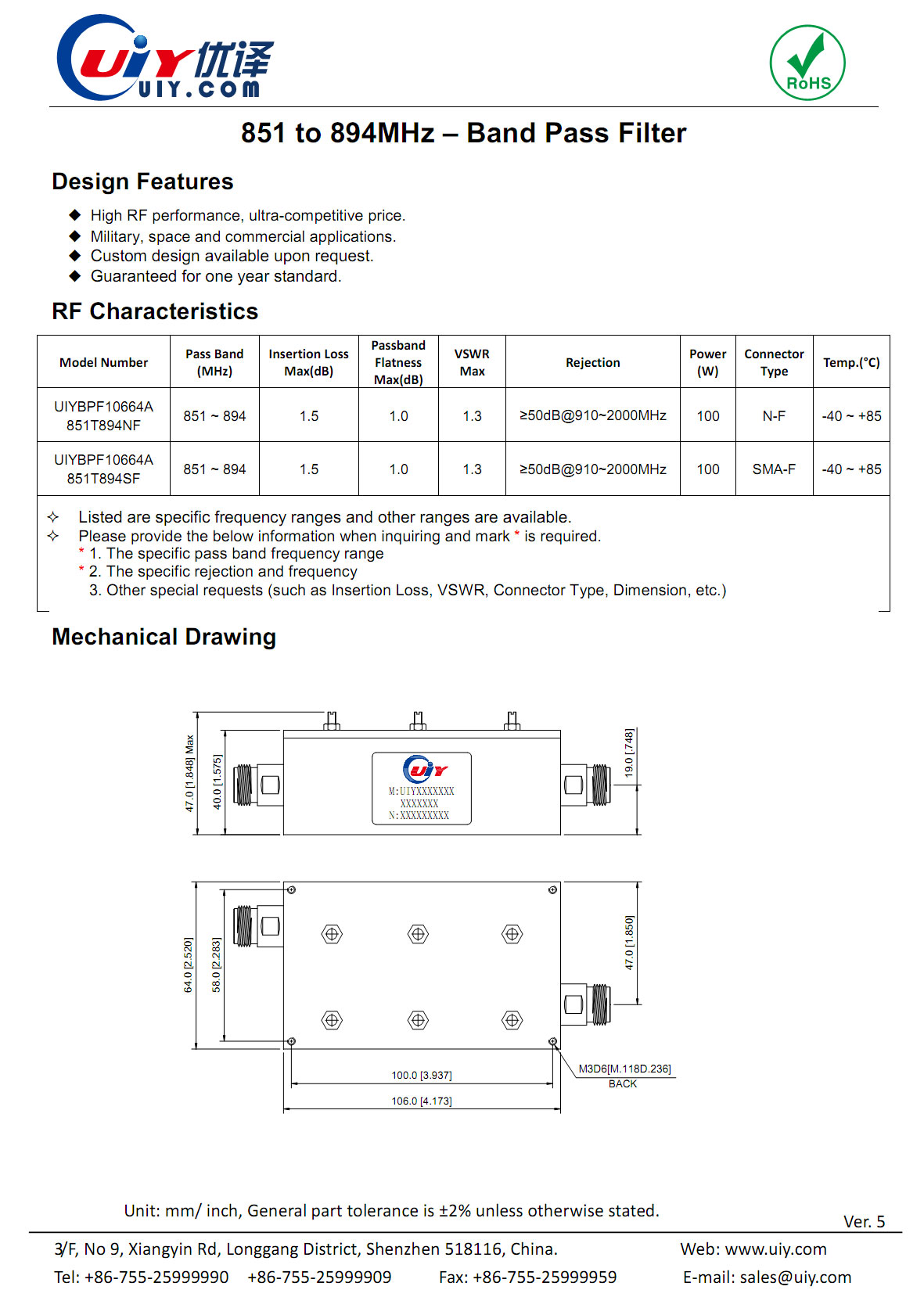You've heard it before. It's a common effect on lead vocals in pop music and has been for many year. I'm referring to the effect that makes the vocal sound like it's coming through a telephone line. In fact, when I think of this effect the first song that pops into my head is the song by ELO called, interestingly enough, Telephone Line. Other uses for the effect that are common include making the drums sound like they are being played over a phone line at the beginning of the song and then opening up the sound later in the song to the full thing.
Most people can’t hear much below 100Hz, so producers often set a high-pass filter there without changing the listening experience. Set a low-pass filter for the same reason, but avoid setting it below 4000Hz and cutting some clarity from people’s voices. Learn more about editing audio in Audition. Check out these helpful tutorials to build your audio mixing and mastering skills. You can tackle mild cases of sibilance with a high pass EQ or low pass filter. You may even prefer reducing the gain of the problem areas manually in an audio editor, but again, the easiest route is to use a processor called a de-esser, an automated process designed especially for the job. Apply Low-Pass Filter to reduce high-pitched noises and hisses. Apply High-Pass Filter to reduce muffled noises and low rumbles. Apply 'Graphic EQ in the Effects menu to shape the audio tone. Export the audio as an MP3 or Wave file when you are satisfied with how it sounds.
Lowpass filters come with SMA connectors and have low frequency capabilities from DC to 3 GHz depending on type and style. Our RF lowpass filters have very low insertion loss at 1 dB. These RF low pass filters are constructed using the Combline design. AUDITION: APPLY THE PARAMETRIC EQ FILTER Here I’ve added a female narrator to my mix. To apply an EQ filter, select the track, then choose Effects Filter and EQ Parametric Equalizer. This displays the filter.
The way this is achieved is by severely limiting the frequencies that are audible on the target track to a very narrow range in the 'mids' - between about 400 Hz and 4 KHz. See the picture on the right. You can use an EQ for this, or you can use frequency filters like the one in the picture in Adobe Audition called an FFT filter. FFT stands for Fast Fourier Transform, which you can learn more about here - In the Adobe Audition FFT filter, the preset is called 'OnHold 400-->4K,' the 'on-hold' part being a reference to being on the phone.
Audition Low Pass Filter

In Reaper, you can just add the ReaEQ equalizer effect that comes with the program, and change bands 1 and 4 to high-pass and low-pass, respectively, in the Type drop-down menu. Then drag the band circles until #2 is at 400 Hz and #3 is at 4KHz. Easy-peesy-lemon-squeezy!
BTW,in yet another attempt to confuse you the term high-pass filter actually means that you are preventing the low frequencies (those to the left of the target frequency) from being heard and only allowing the frequencies that are higher than that to 'pass' through the filter.
So you'll usually find a high-pass-filter set up in the low frequencies (in the Reaper pic, band #1 is a high-pass filter, but it is located on the left of the spectrum - the low part). And the opposite is true for a low-pass filter. So in reality you could call a high-pass filter a 'low-cut filter' and a low-pass filter a 'high-cut' filter. I always have to do a mental translation in my head anyway. Sheesh. But there you have it.
Now you know how to create that phone effect in your recordings.
Adobe Audition Low Pass Filter
By the way, if you want to learn more about Reaper recording software, check out our latest recording tutorial course The Newbies Guide To Audio Recording Awesomeness 2: Pro Recording With Reaper.
